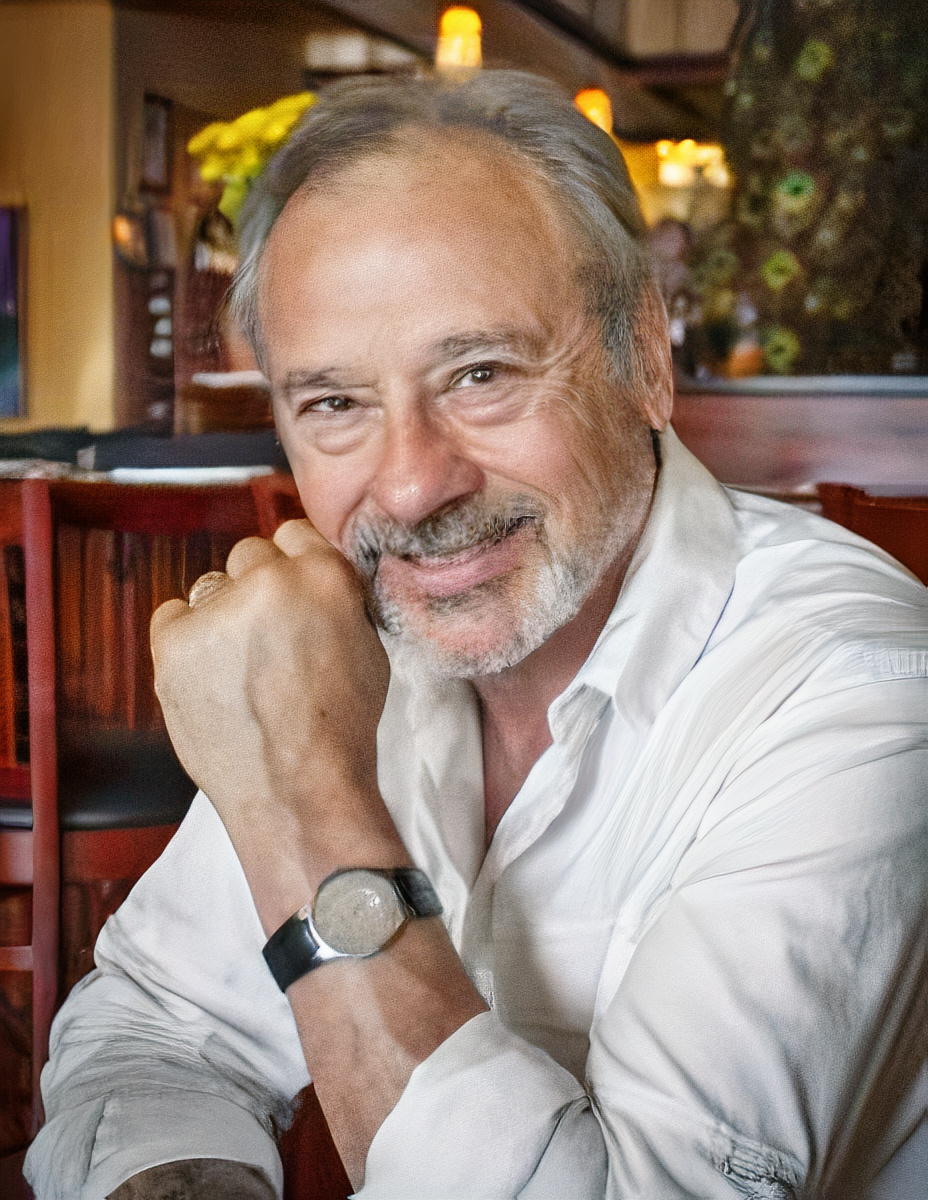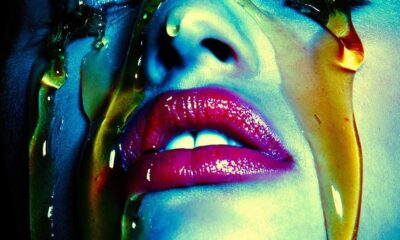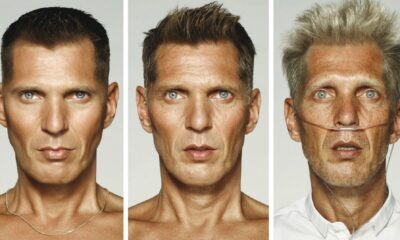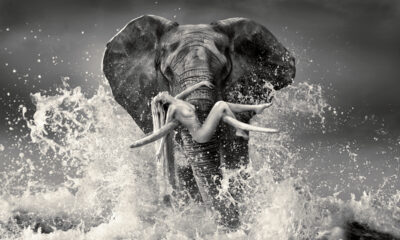Published
12 months agoon

The first time I met Ansel Adams he asked to see my portfolio. At the time I was mounting my work “archivally” using corners made of acid free linen tape. I had been told that this was the only sure way to archivally preserve valuable images. Lifting the first print out of the portfolio box he gingerly raised the overmat and carefully studied the mounting technique. He said, “I see you are using corners to mount your work. I’ve seen this before, it appears to be becoming popular with a lot of photographers. For me, though, I prefer to dry mount my prints.” This was a polite way of telling me that although he was open to new ideas, he didn’t care for this one. His point was that, to him at least, presentation was as important as preservation. I returned to Los Angeles and dry mounted all of my prints. The move towards the archival preservation of photographic prints began in the 70’s. It was largely encouraged by the work of Henry Wilhelm on advanced aging of photographs and the effect of acid in mount boards and environmental pollutants. It was found that dry mount tissue contained a high amount of acid that could seriously compromise the longevity of the print. The common wisdom was to forgo dry mounting and attach the print to an acid free mount board with acid free linen tape, either by creating a hinge or corners from the tape. As a result of the concern over the preservation of prints manufacturers such as Bienfang/ Seal began developing acid free dry mount tissue such as Buffer Mount™. With the introduction of acid free dry mount tissue the paradigm has changed. More recent advanced aging tests have shown that the barrier formed by acid free dry mount tissue helps to protect prints from potentially damaging environmental pollutants which can seep through the back of the mount board. In fact, hinge mounted prints have proven to deteriorate far faster than dry mounted prints as long as the tissue is acid free. Even so, some galleries still refuse to accept work that is dry mounted. There are two arguments which they give for this position. The first is the outmoded belief that dry mount tissue is not archival. The second is that if the mat is damaged then the work is lost. The first argument is a holdover from the 70’s. The second is specious. Marcel Duchamp made the case that presentation is as important as the work itself, and the presentation, from print to overmat, is part of the finished work. One needs to take care not to damage the mat any more than one would damage the print. A gallery, or photographer, who does not understand this probably does not understand the importance of presentation or have complete respect for the integrity of the finished artwork. Another result of Wilhelm’s advanced aging tests was the universal acceptance of acid-free and buffered 100% rag board. This has become the accepted standard for the last three decades or more. Unfortunately, more recent tests have shown that rag board is not as safe as once believed. This is because rag board only protects prints from acids which naturally occur in other forms of mounting board (e.g., cardboard, poster board, etc.). It does not protect against environmental pollutants, such as ozone and peroxides, and pollutants such as sulfur dioxide and oxides of nitrogen. To be safe for photographs the mount board must be able to neutralize these pollutants. To date the only mat board which is capable of this is Artcare™ by Nielsen & Bainbridge. On the surface, Artcare appears to be another brand of rag board. The difference is that Artcare uses a patented technology called MicroChamber™. Micro- Chamber technology actively traps and removes pollutant molecules, which rag board does not. For a more complete discourse on Artcare MicroChamber technology visit Michael A. Smith and Paula Chamlee’s web site, www.michaelandpaula.com, and search under Writing > Advances in Archival Mounting and Storage. (Artcare mount board is available in full sheets and cut sizes from Superior Archival Materials, 888-857-1722 or superiorarchivalmats.com.) The choice of using linen tape or dry mounting methods, of using rag board or Artcare board, is not only foremost about preservation, but also about presentation. Presentation is what makes the difference between an artist and a wannabe. At this very moment there are hundreds of thousands of talented photographers wandering the streets of the world craving representation. What often makes the difference between success and failure is the ability to present oneself in a professional manner. Like it or not there are accepted standards in the art world. One of these is that photographs should be mounted and presented on white or cream mount board. The overmat should be of the same color and quality. An artist may think they are breaking new ground or impressing the gallery owners with their artistic “black mat board” presentation, but this is not innovative, it’s been done before and rejected. The artist who is able to exhibit their work in a manner which is clean, polished, and adheres to art world standards will find it is more likely their work will be taken seriously. This means that if you dry mount your prints the tissue should not stick out from under the edge, there should be no air bubbles or dirt under the image, and the print should have slightly more room at the bottom of the mat board than the top. Accept the standard and make a statement with your art, not your presentation. Another industry standard which should be adhered to is the size of the mat board. The board needs to meet accepted standards which are: 14” x 17”, 14” x 18”, 16” x 20”, 20” x 24” and 22” x 28”. This is because galleries and museums purchase their frames in these standard sizes. That does not mean an individual artist cannot break the mold. Brett Weston chose his own custom mount board size for each print on an individual basis. Brett did not care if a gallery liked it, if they chose not to carry his work it was alright by him. If you do choose to use a technique which will allow the print to be removed from the mat board care should be taken to ensure that the print is completely smooth with no waves, bubbles, or wrinkles. This often means flattening in a dry mount press. Even so, if you live in a damp climate such as Seattle or San Francisco, waves and bubbles are likely to reappear. If you use linen hinges the print should be made with wider than usual borders, usually one inch or more, so the taped corners will not show under the overmat, or you must crop into the image area to cover the tape. The final consideration is to use a frame that does not off-gas. Metal frames are the accepted standard as wooden frames contain many potentially damaging pollutants. Most metal frames are sold with spring clips to hold the artwork tight against the glass. This is not a good idea, especially if you consider the presentation (i.e., the mat board and overmat) to be part of the finished piece. Instead use 1/4” thick archival quality foam core; loosely framed work allows for slight shifts in the mounted piece preventing buckling that sometimes occurs when using spring held mounts.


Focus Fine Art Photography Magazine Statement on the Passing of Elliott Erwitt


TOMAAS: Bridging Realms of Surrealism and Post-Humanism


Erin Olaf Dies At 64 Years Old


Cheraine Collette: A Deep Dive into the Fantastical World of a Visionary Photographer


AIPAD 2024 LOCATION ANNOUNCED


Studies of the Female Nude: Exploring the Artistic Legacy of Andre de Dienes
